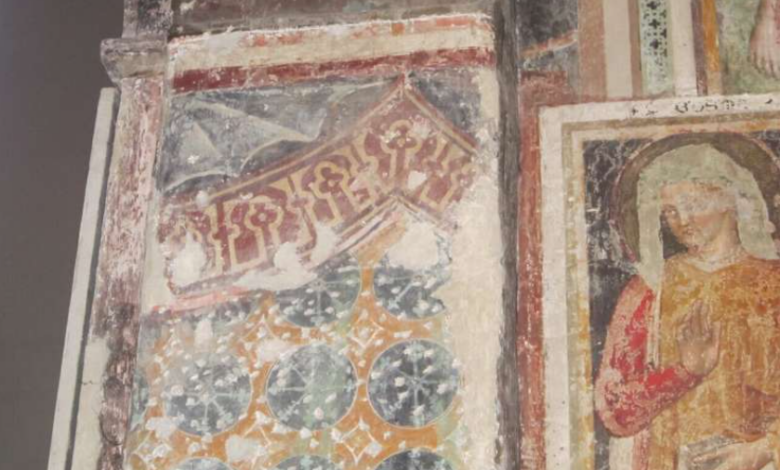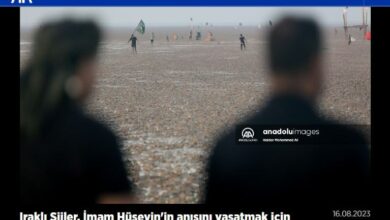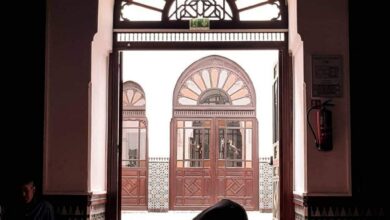Rediscovered Fresco Reveals Islamic Influence in Medieval Christian Churches

A 13th-century fresco uncovered in Ferrara, Italy, showcases Islamic tents used to conceal high altars in medieval Christian churches, Phys.org reported. Identified by University of Cambridge historian Dr. Federica Gigante, this fresco may be the only surviving image of its kind, depicting a vibrant tent adorned with jewels, possibly a diplomatic gift or a war trophy.
Gigante’s research, published in The Burlington Magazine, suggests that such tents were integrated into Christian practices, reflecting admiration for Islamic art during the medieval period. The fresco, painted between the late 13th and early 14th centuries, transforms the church’s apse into a tent-like structure with blue and golden drapery.
While remnants of Islamic textiles are known in late medieval churches, this detailed depiction is rare. Gigante argues that the fresco serves as a visual reminder of the lost splendor of the actual tent, illustrating the interplay between painted and real textiles in the cultural exchange of the era.





